- Article
- Open Access
- Published: 09 September 2019
- Lamont J. Wilkins ORCID: orcid.org/0000–0001-9010-330X 1, <li class=”” itemprop=“author” itemscope=“itemscope” itemtype=“http://schema.[/ul>.
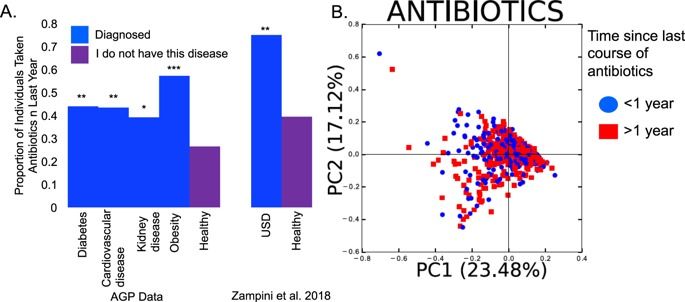

While trying to regenerate the thymus gland, University of California, Los Angeles (UCLA) researchers might have found a solution to not only slowing down the ageing problem but actually reversing it, a new study claims.
Scientists volunteers in a California study were given a cocktail of three common drugs for one year- a growth hormone and two diabetes medications in order to stimulate the regeneration of thymus gland. However, according to a study published in Nature journal, researchers found that participants had lost an average of 2.5 years on their “epigenetic clock,” measured by analyzing marks on a person’s genomes.
“I’d expected to see slowing down of the clock, but not a reversal,” UCLA researcher Steve Horvath told Nature. “That felt kind of futuristic.”
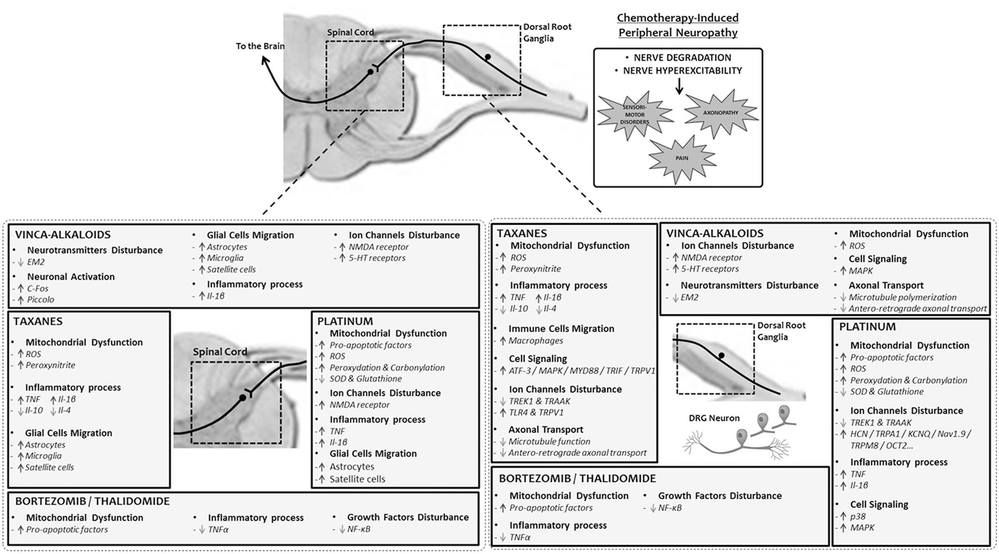
Read the review article published in Frontiers in Pharmacology: https://fro.ntiers.in/BjeD

Prevention is better than cure. This simple rule applies to any disease and is especially valuable when symptoms are not properly acknowledged.
We will describe crucial symptoms that might occur one month (or even earlier) before a heart attack. You don’t need to become a total hypochondriac, but a bit of health awareness never hurt anybody. Pay close attention in case you are at risk. Several often-missed indicators are listed at the end of the article. health, medicine, science, health, medicine, science, health, science, health, science.

After what has been a summer of “crippling ransomware attacks,” there has now been some respite courtesy of the city of New Bedford, Massachusetts, which has proven that the playing field can be levelled. The city was hit back in July, with its data held hostage, ransomed for more than $5 million in bitcoin. But as the attackers waited for their payment, the city’s law enforcement agencies and technology teams had other ideas.
No types of organisations are immune from these types of attacks these days,” Mayor Jon Mitchell told reporters. The city government, he said, had been taking steps to strengthen our defences—but any network is only one keyword click away from an attack. Thankfully, he acknowledged, “the attack could have been much worse.” It hit on the July 4 holiday when many systems were shut down.
“The attack was a variant of the RYUK virus,” Mitchell confirmed. “The victim needs to make a ransom payment to acquire the decryption key from the attacker.” The attack did not affect all systems or disrupt all services, and on the return to work on July 5, the city kept systems turned off as they isolated the attack.
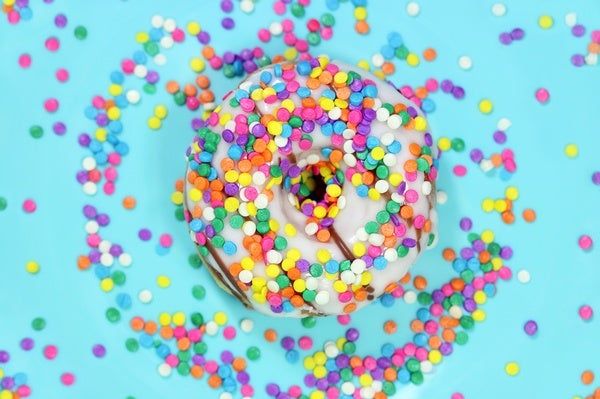
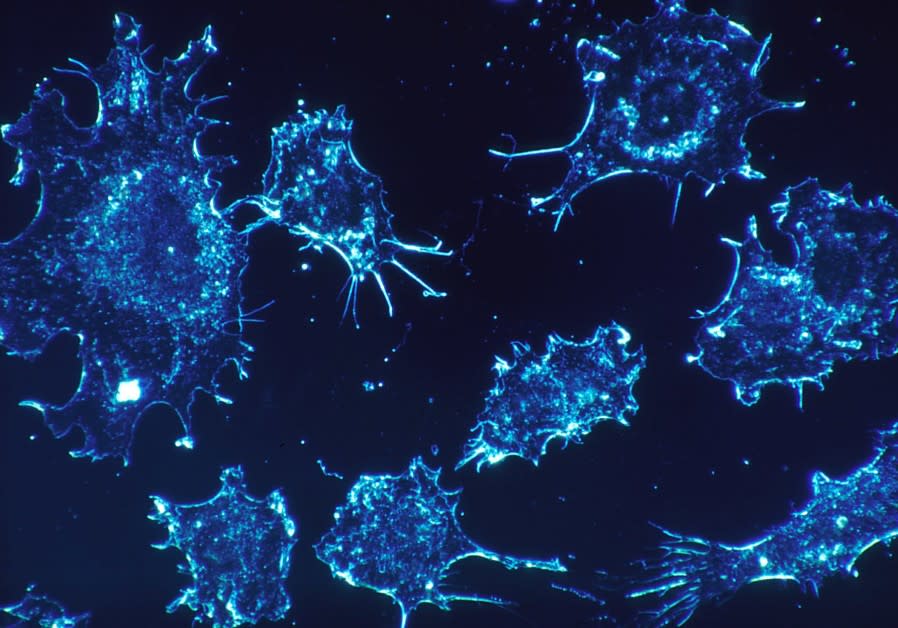


A team of scientists at Freie Universität Berlin has developed an Artificial Intelligence (AI) method that provides a fundamentally new solution of the “sampling problem” in statistical physics. The sampling problem is that important properties of materials and molecules can practically not be computed by directly simulating the motion of atoms in the computer because the required computational capacities are too vast even for supercomputers. The team developed a deep learning method that speeds up these calculations massively, making them feasible for previously intractable applications. “AI is changing all areas of our life, including the way we do science,” explains Dr. Frank Noé, professor at Freie Universität Berlin and main author of the study. Several years ago, so-called deep learning methods bested human experts in pattern recognition—be it the reading of handwritten texts or the recognition of cancer cells from medical images. “Since these breakthroughs, AI research has skyrocketed. Every day, we see new developments in application areas where traditional methods have left us stuck for years. We believe our approach could be such an advance for the field of statistical physics.” The results were published in Science.
Statistical Physics aims at the calculation of properties of materials or molecules based on the interactions of their constituent components—be it a metal’s melting temperature, or whether an antibiotic can bind to the molecules of a bacterium and thereby disable it. With statistical methods, such properties can be calculated in the computer, and the properties of the material or the efficiency of a specific medication can be improved. One of the main problems when doing this calculation is the vast computational cost, explains Simon Olsson, a coauthor of the study: “In principle we would have to consider every single structure, that means every way to position all the atoms in space, compute its probability, and then take their average. But this is impossible because the number of possible structures is astronomically large even for small molecules.
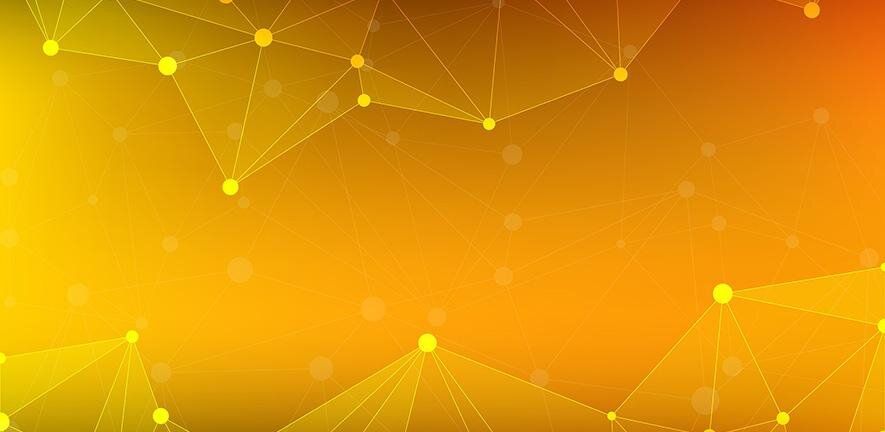
Researchers have designed a machine learning algorithm that predicts the outcome of chemical reactions with much higher accuracy than trained chemists and suggests ways to make complex molecules, removing a significant hurdle in drug discovery.
University of Cambridge researchers have shown that an algorithm can predict the outcomes of complex chemical reactions with over 90% accuracy, outperforming trained chemists. The algorithm also shows chemists how to make target compounds, providing the chemical “map” to the desired destination. The results are reported in two studies in the journals ACS Central Science and Chemical Communications.
A central challenge in drug discovery and materials science is finding ways to make complicated organic molecules by chemically joining together simpler building blocks. The problem is that those building blocks often react in unexpected ways.